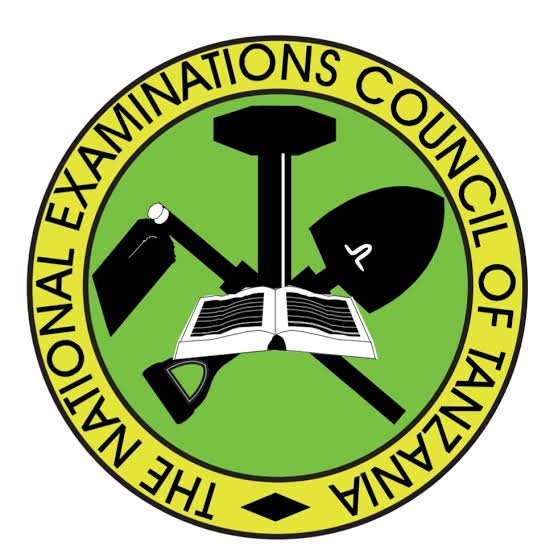Your Resume/CV: What to Put In, What to Leave Out, 10 Tips
Your resume or CV is a crucial document that showcases your skills, experiences, and qualifications to potential employers. It’s your first impression, and it’s essential to make it count. In this blog post, we’ll discuss what to include and what to leave out in your resume, along with 10 tips to help you create a strong and effective CV.
What to Include in Your Resume
Contact Information: Include your full name, job title, phone number, personal email address, and LinkedIn profile.
CV Profile: Write a short introductory paragraph that summarizes your professional background, achievements, and career goals.
Core Competencies: List your key skills and qualifications that make you a strong fit for the job.
Work Experience: Detail your employment history, including job titles, dates of employment, and bullet points outlining your duties and achievements.
Education: Include your highest education level and any relevant industry-specific qualifications.
Additional Information: If you have any extra information that is relevant to the roles you are targeting, you can add it to the bottom of your CV in the Additional Info section.
What to Leave Out in Your Resume
Personal Preferences: Do not indicate your race, nationality, marital status, children, religion, or political preferences.
Exact Address: Do not include your full address, as it is not necessary and could lead to privacy concerns.
Date of Birth: Do not include your date of birth, as it could lead to discrimination based on age.
Irrelevant Social Media Profiles: Do not mention your personal social media profiles unless they are directly related to the job you are applying for.
Short-Term Jobs: If you have worked at a company for less than 1-2 months, do not include it unless it is a temporary position.
Irrelevant Skills or Experiences: Only include skills and experiences that are relevant to the job you are applying for.
10 Tips for Creating a Strong Resume
Tailor Your Resume: Customize your CV for each job application, focusing on the skills and experiences that are most relevant to the position.
Use Action Verbs: Start each bullet point with a strong action verb to make your achievements stand out.
Quantify Your Achievements: Use numbers and statistics to demonstrate the impact you’ve made in your previous roles.
Highlight Your Education: If you’re a recent graduate or have limited work experience, emphasize your education and any relevant projects or extracurricular activities.
Format Your Resume: Use a clear, easy-to-read font and layout, and ensure your CV is visually appealing and well-organized.
Proofread: Check your CV for spelling and grammatical errors, as they can give the impression of carelessness.
Keep It Concise: Keep your CV to one or two pages, focusing on the most relevant information.
Include References: While not necessary to include references on your CV, be prepared to provide them upon request.
Use Keywords: Incorporate keywords from the job description to show that you have the necessary skills for the role.
Follow Up: After submitting your CV, follow up with the employer to show your interest in the position and to inquire about the status of your application




Comments
Post a Comment